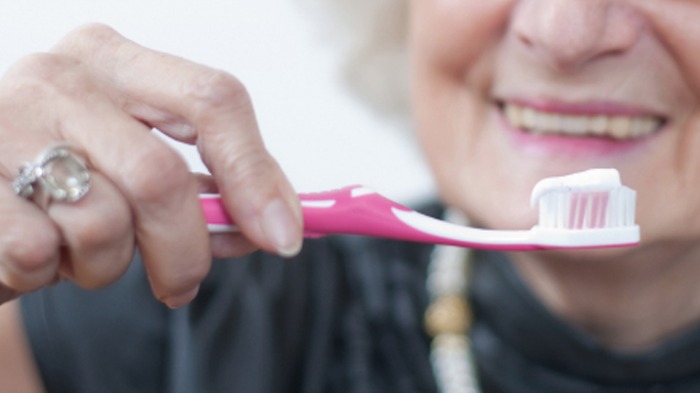Strange changes in the body that can point to heart disease

Heart disease is one of the leading causes of death in the world, with cardiovascular problems killing around 17.7 million people each year – that’s a huge 31 per cent of all deaths around the world.
And although heart disease is relatively common, many people may believe that the first sign of a problem is a blood pressure issues or a heart attack itself. But there are actually a number of small changes in the body worth looking out for, because they can indicate that something isn’t right with your heart.
In an article in The Conversation, Adam Taylor, a director of the Clinical Anatomy Learning Centre at Lancaster University in the UK, listed six unusual bodily signs you may have heart disease. Of course, if you’re concerned, you should seek a proper medical diagnosis, but particular if you notice any of these changes in your body.
According to more than 40 different studies, many people living with heart disease notice a diagonal crease on one or both of their earlobes. It is believed that it’s a particular sign of atherosclerosis, where plaque builds up on the insides of the artery walls. Other studies have linked the creases in the earlobes to the disease of blood vessels in the brain.
So-called clubbed fingernails are another typical sign of heart disease. If you notice your fingernails changing shape or the ends of your fingers becoming wider and thicker, it’s usually because not enough oxygenated blood is reaching the fingers.

Another common sign of heart disease is developing fatty bumps over your body. Known as xanthomas, the yellow lumps typically appear on the eyelids, backside, knees and elbows. The lumps usually aren’t a problem on their own, but they are a common side-effect of familial hypercholesterolemia, a genetic disease that can result high levels of bad cholesterol.
Noticing changes in your eyes can also point to problems with your heart. In many people with heart disease, fat deposits build up in the eye, making it look as though there is a grey-ish halo around the iris of the eyeball. Up to 70 per cent of over-60s have this sign to some degree, and its usually related to coronary heart disease.

Others notice changes in and around the mouth. While painful, inflamed gums and loose teeth can be a sign of poor dental hygiene, the conditions can be a sign of declining cardiovascular health. Bleeding or raw gums and loose teeth can be particularly damaging because bad bacteria in the mouth can make its way in the bloodstream and cause further problems for blood vessels.

The colour of your lips can also be a useful heart health indicator. While lips are usually red or pink in colour, they can turn blue when someone is experiencing cardiovascular problems. Similar to the issue of clubbed fingers, lips can become discoloured when not enough oxygenated blood is being delivered to parts of the body.
If you experiencing any of these symptoms, speak with your GP or health professional for more detailed information and an indepth health assessment.








 Proudly Australian owned and operated
Proudly Australian owned and operated